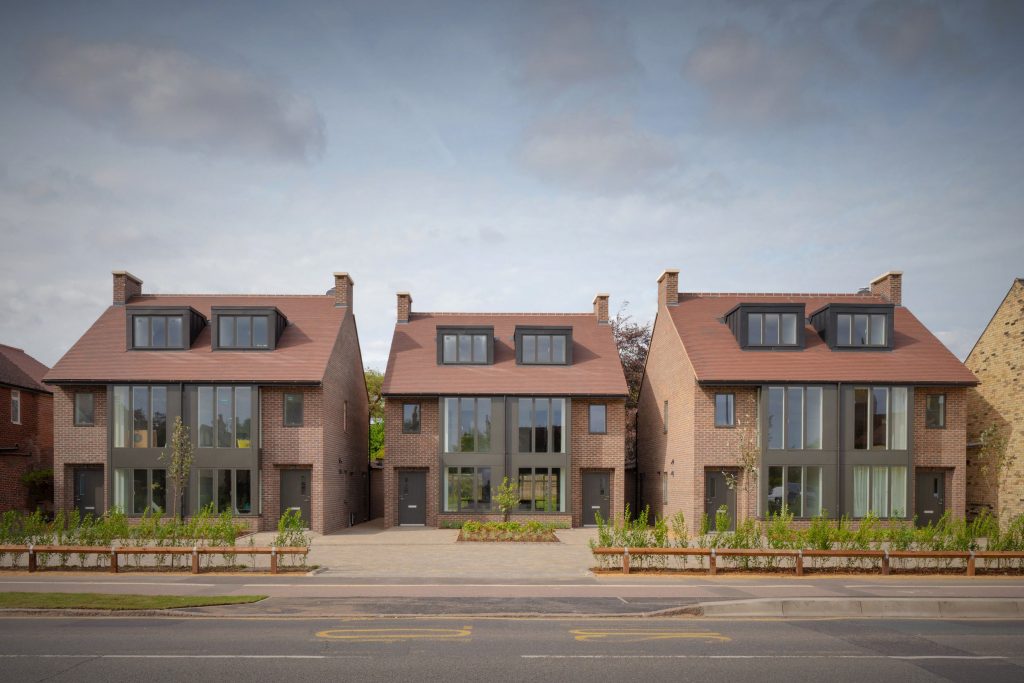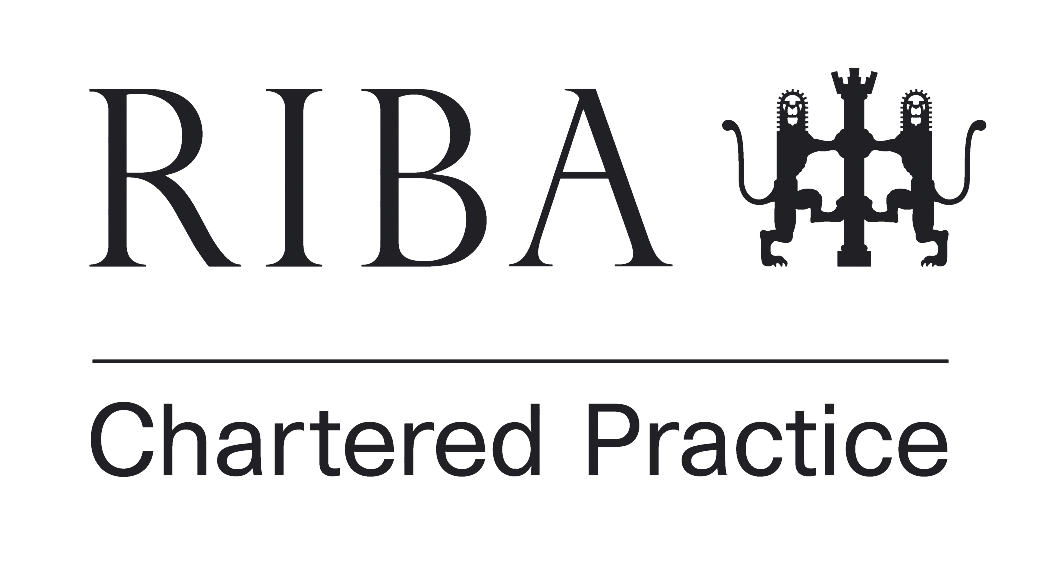9
Nov
Challenges in Obtaining Urban Planning Permissions
Navigating the Maze: Challenges in Obtaining Urban Planning PermissionsIntroduction
Urban planning is a delicate dance between the aspirations of developers and the concerns of local communities. While developing discussed urban sites is often championed as a sustainable solution to urban sprawl in the countryside, recent trends in planning permissions paint a challenging picture. Despite the government's encouragement of brownfield redevelopment, local authorities in urban areas seem to be raising more roadblocks than ever.
Disused or Brownfield sites within the city offer a promising canvas for urban renewal. The advantages of redeveloping these spaces are evident, from utilizing existing infrastructure to reducing environmental impact and fostering community engagement. However, obtaining planning permissions for brownfield projects in urban areas has become a formidable task, with a myriad of concerns voiced by both local authorities and residents.
Challenges in Urban Planning Permissions
Community Objections: Local objections often stem from concerns about increased density, traffic congestion, and changes to the community's character. Residents fear that brownfield development might alter the neighborhood's identity and compromise their quality of life.
Complex Regulatory Landscape: Urban areas come with a complex web of regulations and planning policies. Navigating through this intricate landscape can be time-consuming and requires developers to adhere to stringent guidelines, making the approval process more challenging.
Historical Preservation Concerns: Many brownfield sites have historical significance, adding an extra layer of scrutiny to the planning process. Balancing the need for development with the preservation of historical structures can lead to prolonged negotiations and delays.
Limited Space and High Demand: The scarcity of available land in urban settings intensifies competition for development opportunities. This heightened demand can lead to increased scrutiny, as local authorities prioritize projects that align closely with their vision for the city.
Cambridge's Struggle
The city of Cambridge provides a notable example of the difficulties faced in obtaining planning permissions for brownfield development. According to national statistics from the Department for Levelling Up, Housing, and Communities, the approval rate for minor housing applications in Cambridge has seen a significant decline over the past six years. The approval rate has dropped by 20%, and currently, it lags 10% behind development in the surrounding villages within the South Cambs District Council.
[caption id="attachment_2691" align="alignnone" width="940"]
 (Data from national statistics, Department for Levelling Up, Housing and Communities – PS2 Data for minor dwellings applications 2017-2022)[/caption]
(Data from national statistics, Department for Levelling Up, Housing and Communities – PS2 Data for minor dwellings applications 2017-2022)[/caption]The Decreasing Approval Rate Dilemma
The observed decrease in approval rates for minor housing applications in Cambridge is a cause for concern. Despite the government's push for brownfield development, local authorities appear to be creating an increasingly challenging environment for developers. This trend raises questions about the effectiveness of current planning policies and the need for a more streamlined and collaborative approach to urban development.
Conclusion
While brownfield development holds immense promise for sustainable urban growth, the difficulties in obtaining planning permissions present a significant hurdle. Striking a balance between the needs of the community, historical preservation, and the practicality of urban planning is a complex task. The case of Cambridge serves as a poignant example, highlighting the pressing need for a re-evaluation of planning processes to ensure that brownfield development remains a viable and encouraged solution for urban renewal.
Contact Us



